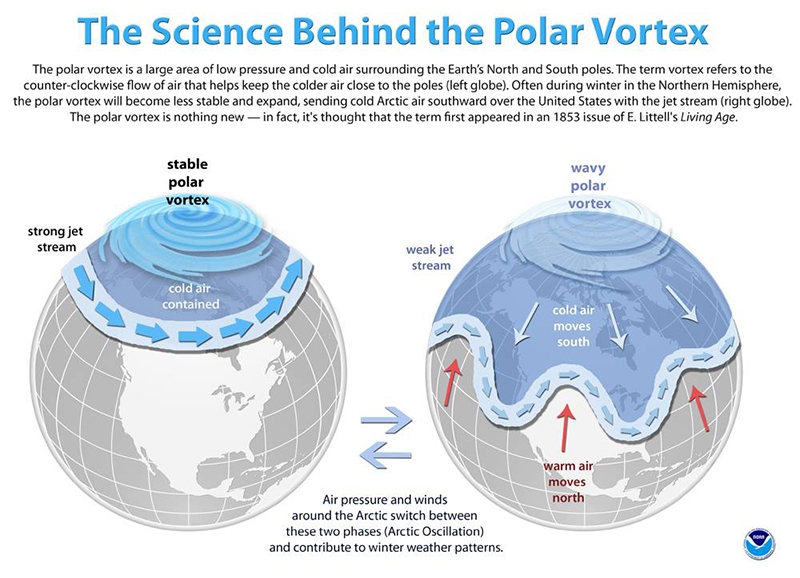Our Weather This Winter: What’s Causing It? What’s Next?
January 3, 2019
The climate in Santa Fe has been really bipolar lately. In November, we experienced a four-inch snowfall; this is high compared to last year when we only had one one-inch snowfall all winter. We also experienced colder than normal days.
We constantly had snow storms throughout winter break, with at least a foot of snow dropping on Santa Fe and temperatures that would drop as low as 2 degrees.
Climate change has a really big impact on our weather in Santa Fe. But it’s not only in Santa Fe — it’s just a connector to a bigger part of climate. According to National Oceanic and Atmospheric Administration, warm ocean temperatures off the West Coast are causing the jet stream to bulge. The jet stream moves from west to east over North America and follows the boundaries between hot and cold air.
According to NOAA, because of this bulge, we had snow falls enough to cover Santa Fe for a couple of days and a lot of cold mornings and nights, with lows of at least 7 degrees and a high of 30 degrees for half of the month of January.
Another cause for this cold weather is ¨El Niño.¨ El Niño is a part of a pattern of weather that occurs when sea temperature of the Pacific Ocean rise above normal levels for a period of time. (La Niña is the opposite, when sea surface temperatures in the Central Pacific drop to lower than normal levels.)
The following shows the weather prediction for the next two months, according to the Farmers Almanac:
Dates Weather Conditions
Jan. 10-14 Scattered showers, warm
Jan. 15-23 Isolated showers and flurries, cool
Jan. 24-31 Sunny, cold
January overall Temperature 47° (1° below avg.); precipitation 0.3″ (0.2″ below avg.)
Feb. 1-5 Sunny, turning mild
Feb. 6-11 Showers, then sunny, cool
Feb. 12-19 Rain to snow, then sunny, cold
Feb. 20-22 Sunny, mild
Feb. 23-28 Showers, then sunny, cool
February overall Temperature 50° (1° below avg.); precipitation 0.3″ (0.2″ below avg.)


